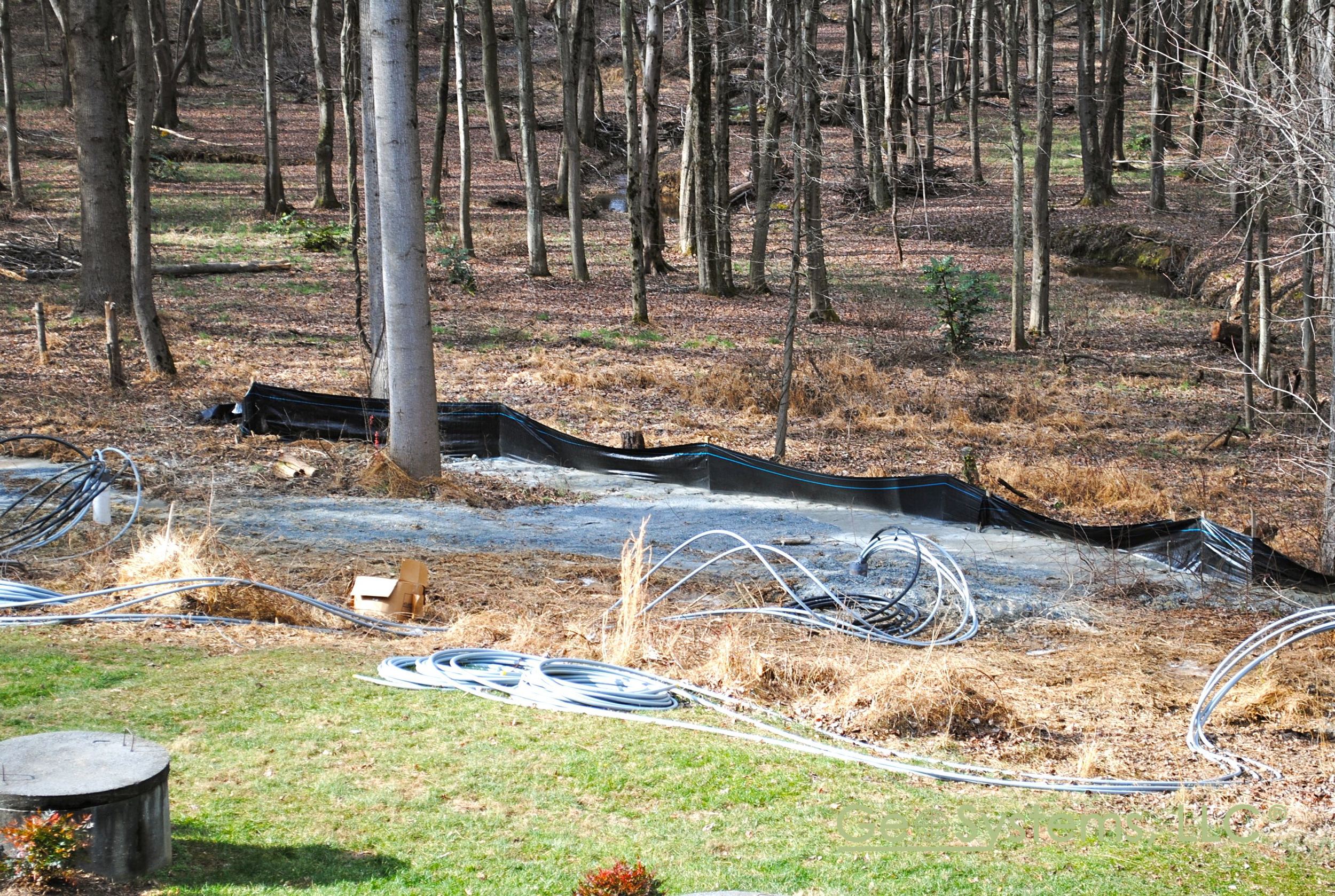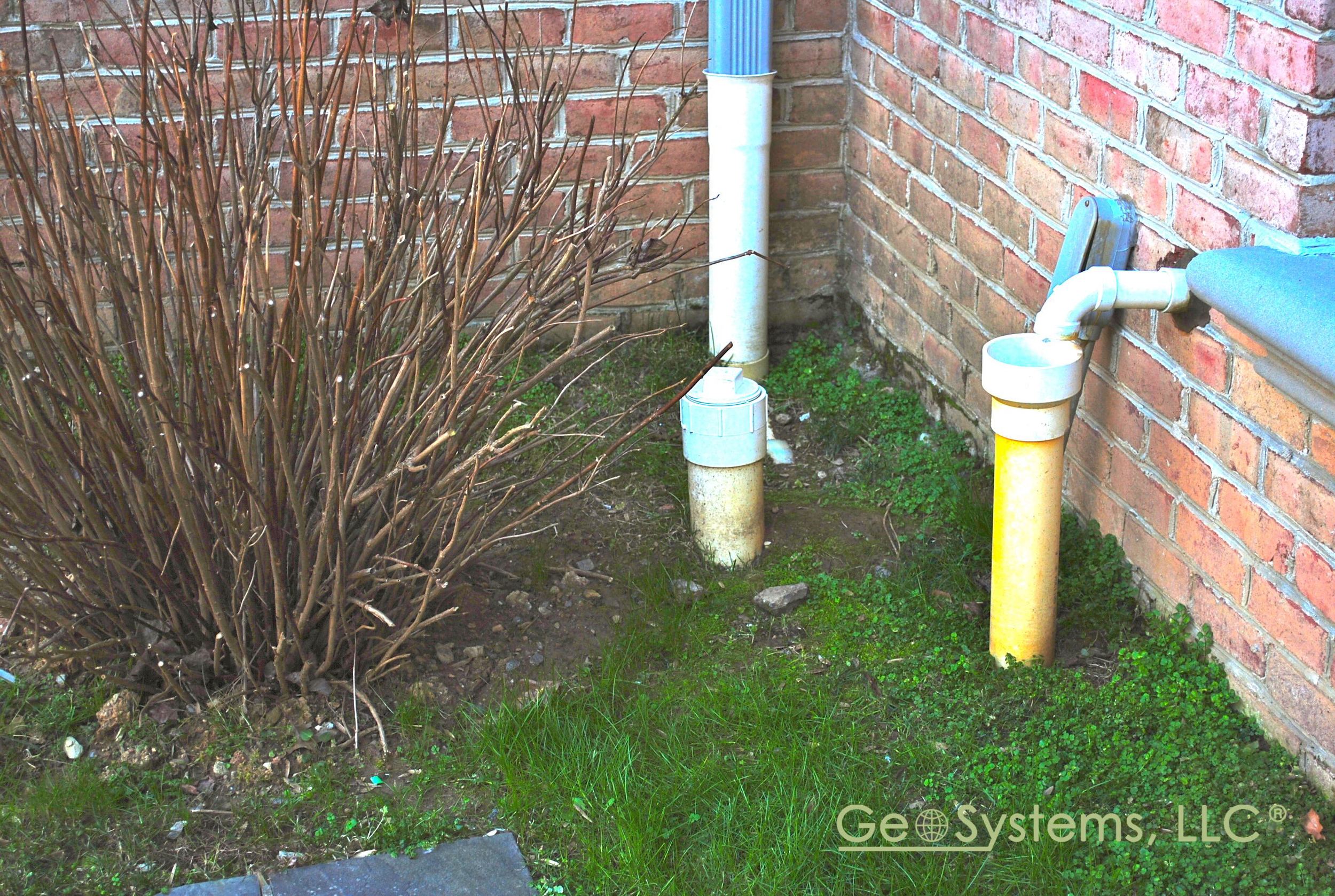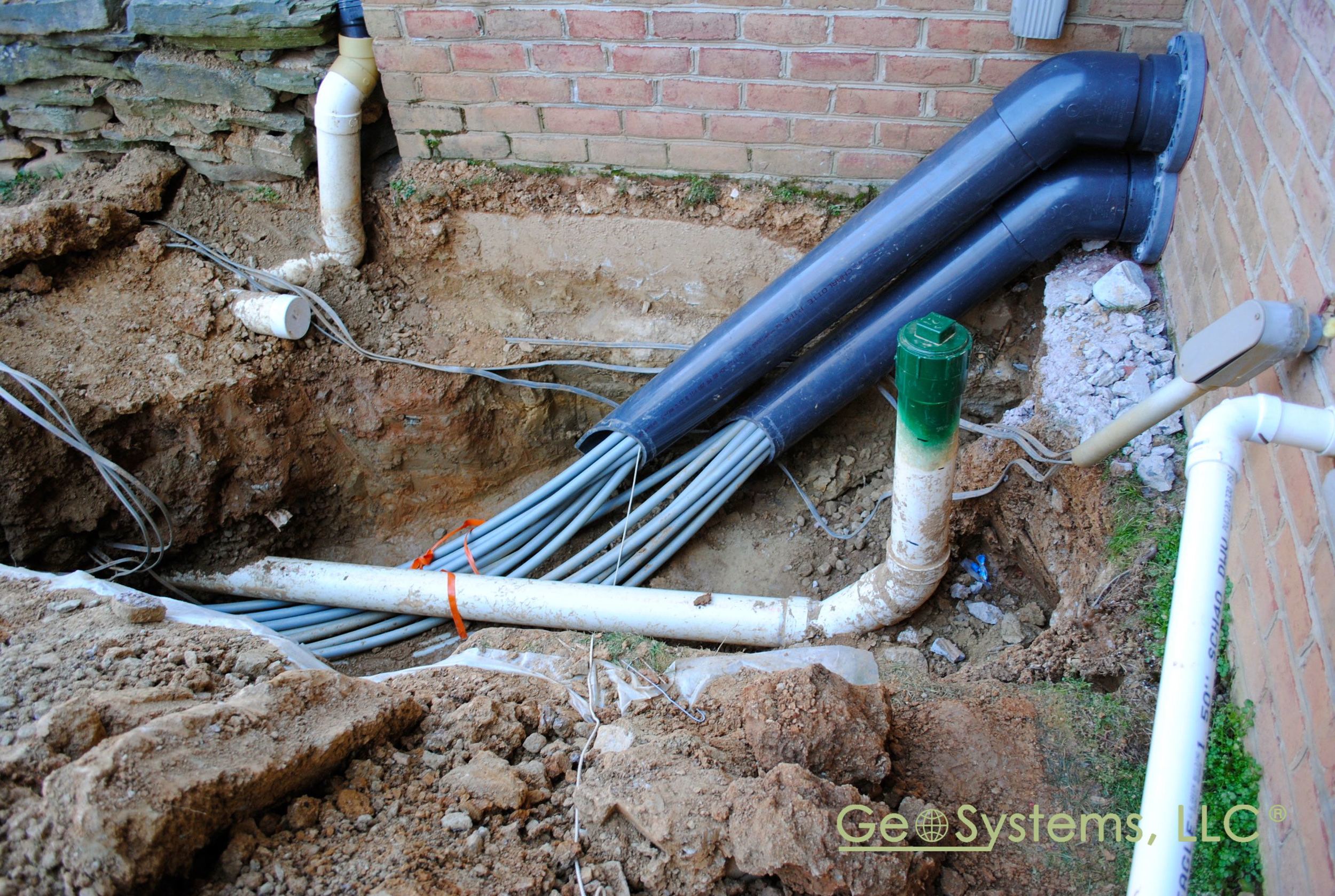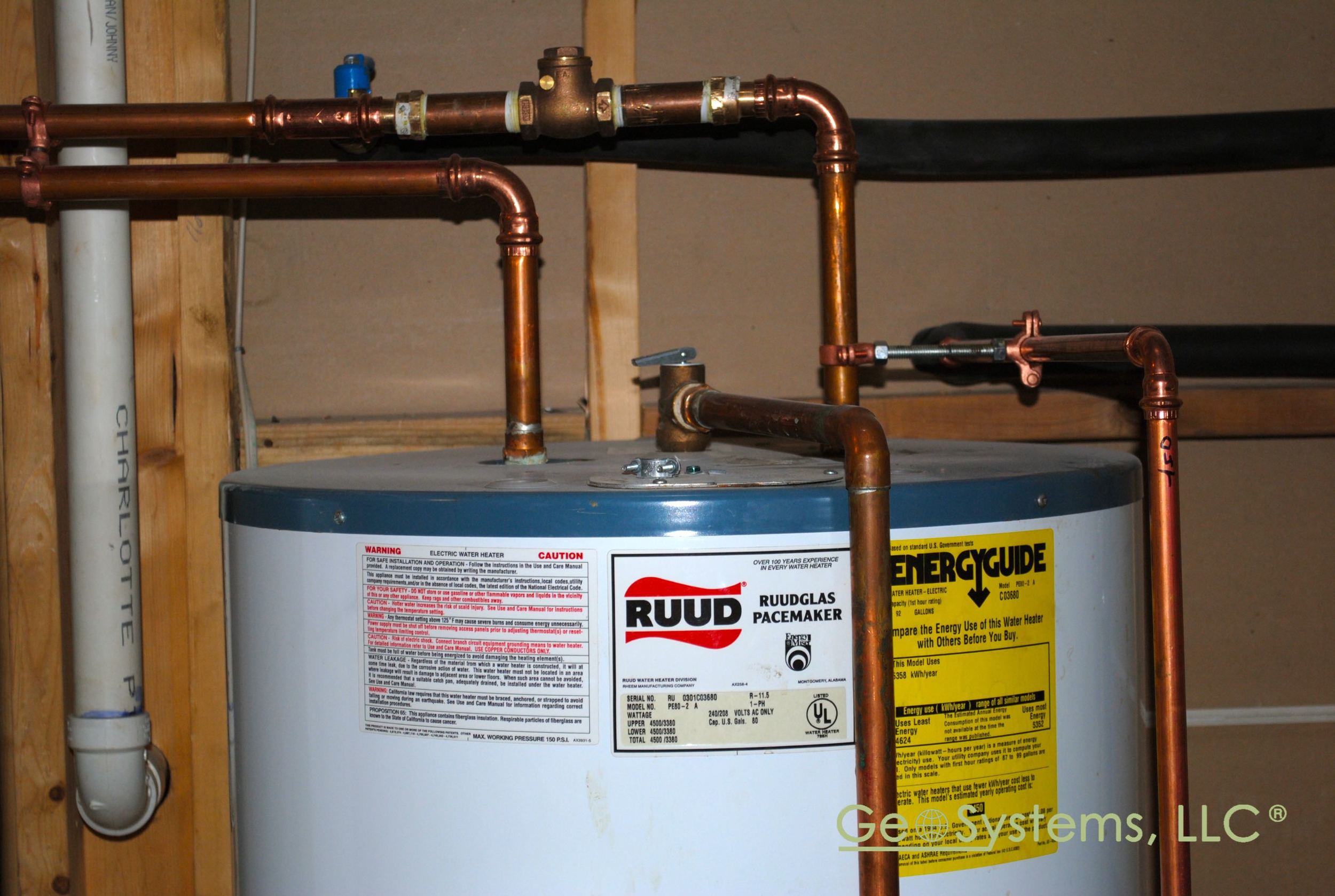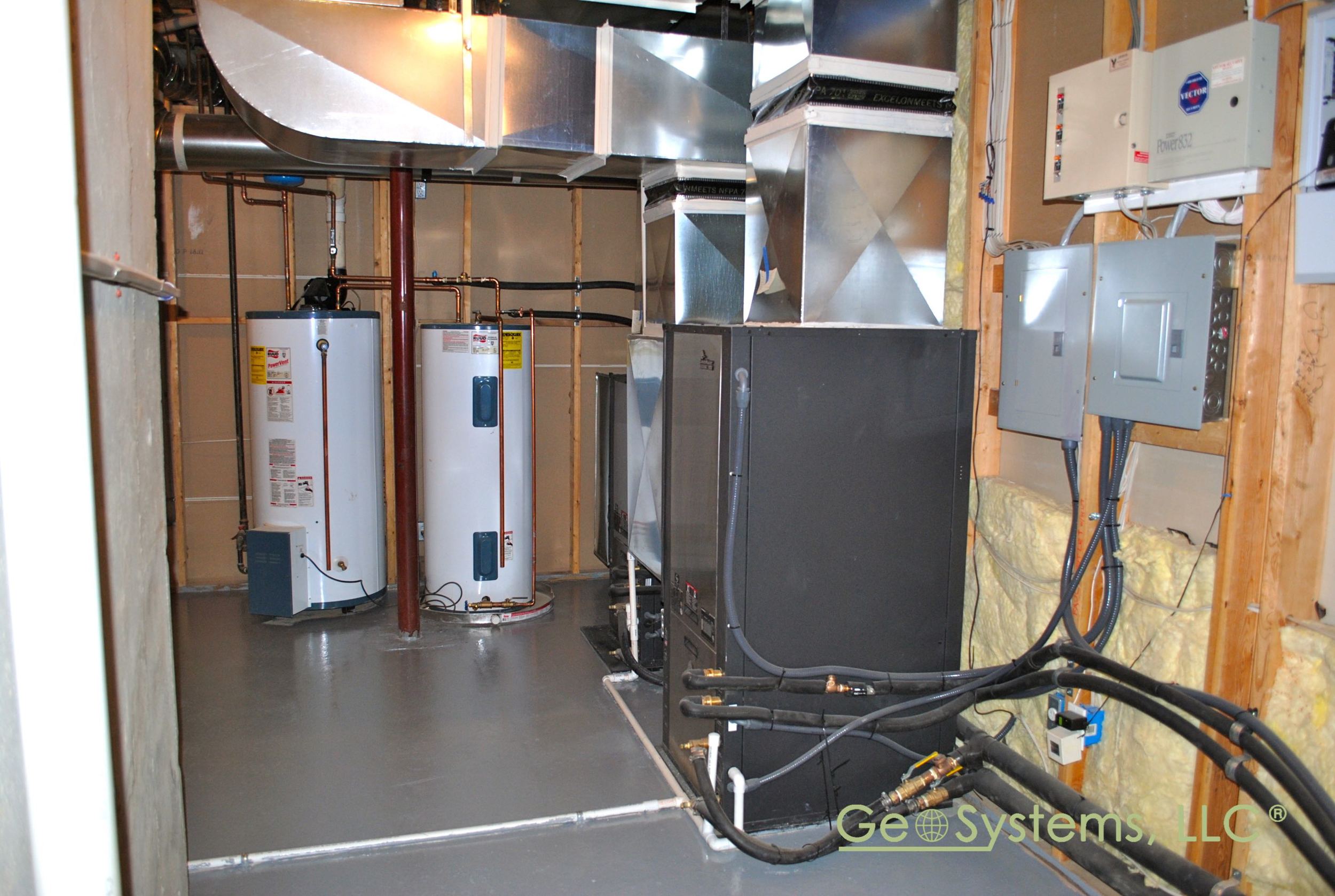New Study on Geothermal Heat Pumps vs. Variable Refrigerant Flow Heating and Cooling
/Definitive scientific research has shown that a geothermal heat pump (GHP) system offers far more efficiency in a large commercial building than a variable refrigerant flow (VRF) system.
In 2013, the Geothermal Exchange Organization (GEO) contracted a research team from Oklahoma State University and Oak Ridge National Laboratory to evaluate the relative performance of GHP vs. VRF heating and cooling systems installed at ASHRAE International Head-quarters Building in Atlanta, GA.
When ASHRAE contracted a major renovation of their two-story, 31,000 sq. ft. building in 2008, they established a "living lab" to offer the chance to evaluate commercial building energy and sustainability performance. In addition to improvements to its envelope, floor plan and sustainability features such as lighting, the building uses three separate heating, ventilation and air-conditioning (HVAC) systems:.
A variable refrigerant flow system for spaces on the first floor;.
A geothermal heat pump system, primarily for spaces on the second floor; and,.
A dedicated outdoor air system (DOAS), which supplies fresh air to both floors.
The GEO research team studied the relative performance of the GHP and VRF systems, determining energy consumption of each, and heating and cooling required by the building. "There's no question about it-- GHPs trump VRF systems for efficiency and cost savings. "Our study of heating and cooling performance at the ASHRAE Building proves that over a two-year period-- when all variables were accounted for-- energy use by the geothermal system averaged 44% less than the VRF system.".














